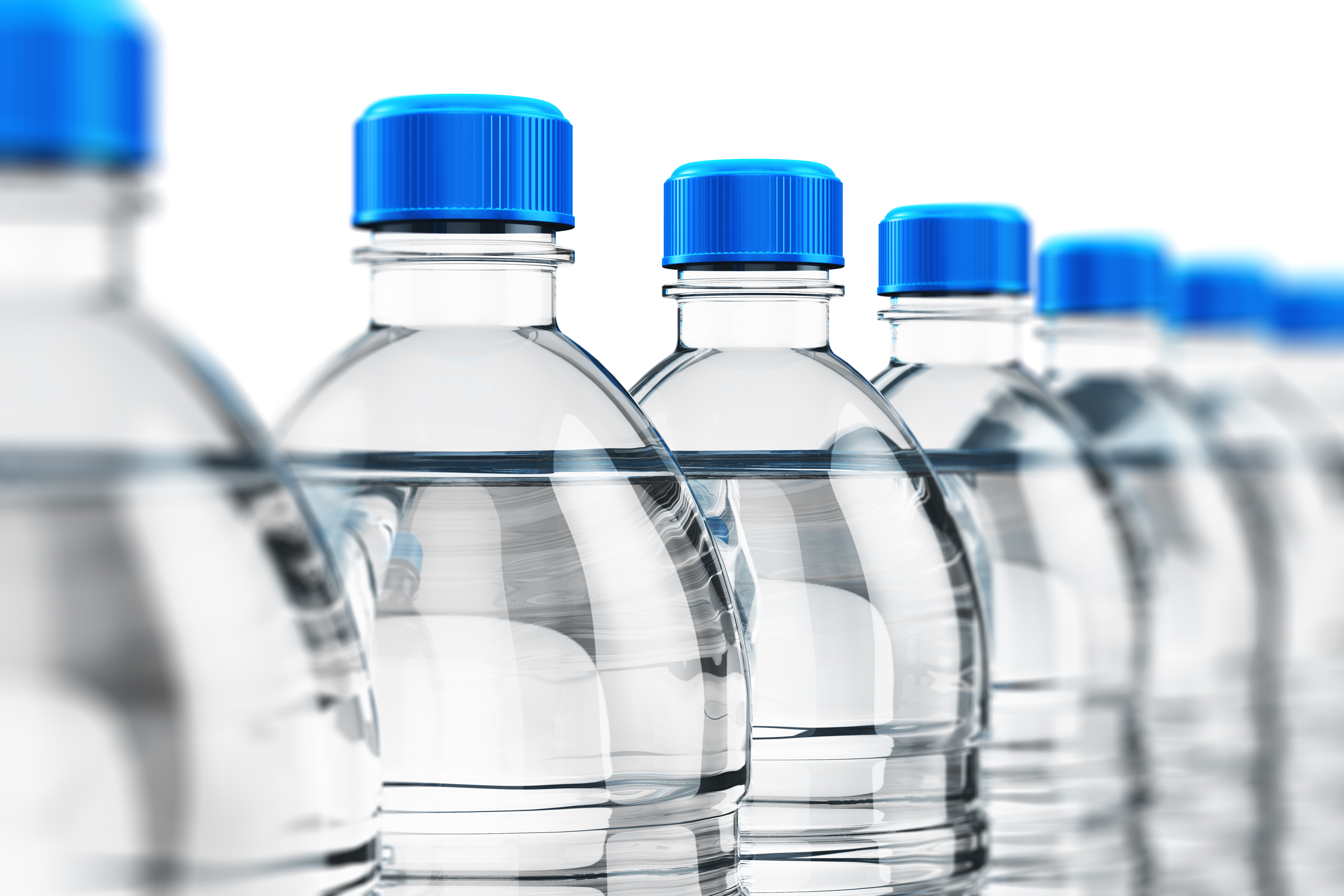by Stephanie Andre
Bad news for those who carry a reusable water bottle everywhere they go. While you should be congratulated for your dedication to the environment and hydration, you may want to also consider the latest studies that suggest you’re carrying around the same amount of bacteria as a toilet.
Treadmillreviews.net recently swabbed the lids of a dozen reusable water bottles used by athletes, then sent the samples to a lab.
And the facts don’t lie: The average water bottle contains nearly 314,000 CFU (colony-forming units) of bacteria. To put that in perspective, the average pet toy has approx. 3,000 CFU.
In fact, the act of quenching your thirst while you exercise could potentially make you sick.
Surprisingly, the type of water bottle had an effect on the number of bacteria it harbored. Ones with a slide-top were by far the worst offenders, with close to a million CFU. Squeeze-tops and screwtops hovered between 159,000–161,000 CFU. And the best and “cleanest” choice was the straw-top.
But less bacteria doesn’t necessarily mean “better.” While half the bacteria on the slide-top bottles were considered the “bad” kind that can cause infections of the skin, lungs, and blood—not to mention resist antibiotics—99% of the germs found on squeeze-top bottles were disgusting. (And 98% of the screw-tops were that nasty as well.)
So what should you do? Studies suggest the following:
» Go for a straw-top bottle—both for the low prevalence of bacteria and the lack of harmful germs. It’s less convenient, but not as gross.
» Stainless steel over plastic. Yes, they’re heavier, but also cleaner. Stainless steel is naturally antibacterial.
» Keep your bottles clean. If you have to use plastic, please hand wash—frequently. Also, use a bottle brush to get the tough to reach places. Stainless steel vessels can get a regular run-through in the dishwasher.
If you’re still noticing a strange taste or odor, try adding one teaspoon of bleach and one teaspoon of baking soda to the bottle, fill it with water, and let sit overnight. Rinse it out the next day and let it air dry. Germs be gone. At least for a minute.
And finally, get rid of those half-empty bottles! You’re basically just turning your bottle into a germ incubator, which is neither tasty nor refreshing.








Leave A Comment